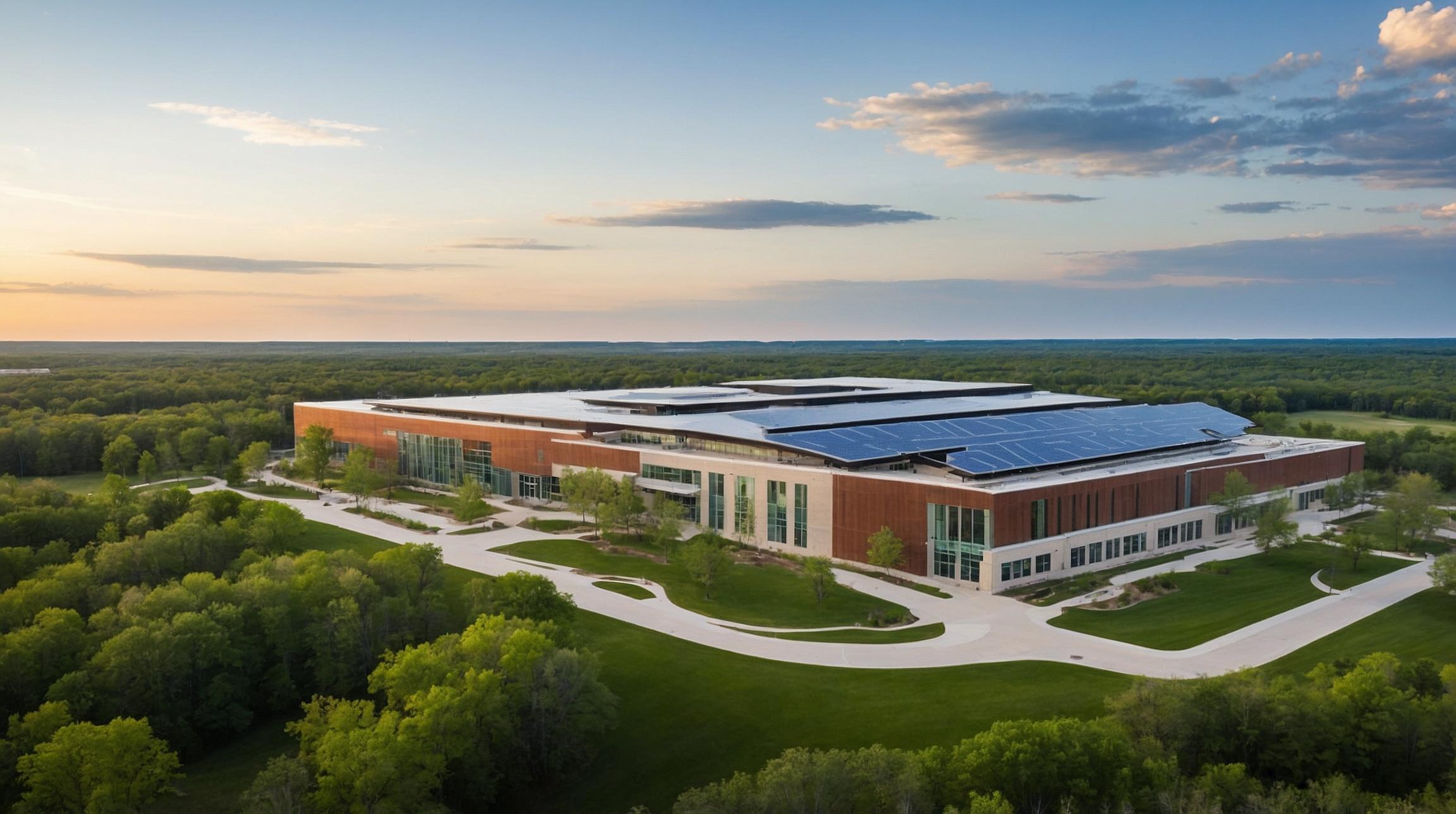COVID-19 Prompts Lasting Changes in U.S. Religious Groups’ Use of Technology
The outbreak of COVID-19 in 2020 has brought about significant and lasting changes in how religious groups in the U.S. utilize technology in their congregational life, according to a new study by the Hartford Institute for Religion Research. The study, which analyzed data collected from various surveys, highlights the vital role technology has assumed in the survival and growth of congregations amid the pandemic. Congregations that embraced technology tools, including online worship and electronic giving, are now better positioned to thrive in the years ahead.
Embracing Technology: From Helpful to Crucial
The study reveals a dramatic shift in the attitude of congregational leaders towards the use of internet technologies like email, social media, and texting. Before the pandemic, only 30% of leaders considered these tools crucial for their congregation’s vitality or success. However, with the emergence of COVID-19, many congregations were forced to implement these technologies in order to survive. The report traces how the embrace of technology has evolved since before the pandemic through 2023.
Online Worship Soars and Offers Consistency
The pandemic has spurred a significant increase in online or virtual worship among U.S. congregations. The study found that three quarters of congregations provided online worship in 2023, compared to only 45% before the pandemic. Additionally, 73% of congregations offered hybrid worship last year, with 25% still holding in-person services exclusively. Catholic and Orthodox Christian congregations were most likely to have in-person-only services, while other religious traditions were more inclined to opt for online-only worship.
Size Matters: Technology Adoption Linked to Congregational Size
The size of a congregation plays a significant role in its adoption of technology for worship. Smaller congregations with 50 or fewer attendees were more likely to conduct in-person services exclusively. On the other hand, larger congregations with 250 or more attendees were highly likely to offer hybrid worship, combining in-person and virtual components.
Platforms of Choice for Virtual Worship
The study identified the most popular platforms used for virtual or online worship. Social media outlets, such as Facebook and Twitter, were utilized by 51% of congregations, while video hosting platforms like YouTube were used by 47%. Video conferencing, audio platforms, and television were also utilized to a lesser extent. Most congregations offering virtual worship do so weekly or more often, signifying a dramatic change in their approach since the start of the pandemic.
Technology Use Expected to Continue in the Future
The study found that the use of technology for worship shows no signs of diminishing in the majority of U.S. congregations. Approximately four out of five congregations offering virtual worship plan to continue this practice five years from now. Only a small percentage believe they will not continue with virtual or online worship, indicating that it is here to stay for many congregations.
Financial Impact of In-Person Attendance
While virtual worship has played a crucial role for many congregations during the pandemic, there appears to be a correlation between in-person attendance and financial contributions. Congregations with mostly virtual attendees reported a giving rate of slightly over $1,000 per person. As the ratio shifts towards more in-person attendees, the per capita giving increases. Hybrid congregations with more in-person attenders than virtual ones reported a per capita giving of almost $2,500.
Decrease in Technology Use for Non-Worship Events
While technology has been heavily utilized for worship services, its usage for non-worship events has decreased in most congregations since the height of the pandemic. Fellowship events, community service opportunities, religious education for children, and youth programs are now rarely offered in online or hybrid formats. This decline in technology use for non-worship events suggests a shift back to in-person gatherings for such activities.
Analyst comment
Positive news: The COVID-19 pandemic has prompted lasting changes in the use of technology by religious groups in the U.S., according to a study. Embracing technology, including online worship and electronic giving, has become crucial for congregations’ survival and growth. The study also shows a significant increase in online worship, with three quarters of congregations providing it in 2023 compared to 45% before the pandemic. Technology use for worship is expected to continue in the future, but the use for non-worship events has decreased. Analyst prediction: The market for technology tools and platforms for religious groups will continue to grow as they embrace technology for worship, but there may be less demand for technology use in non-worship events.













